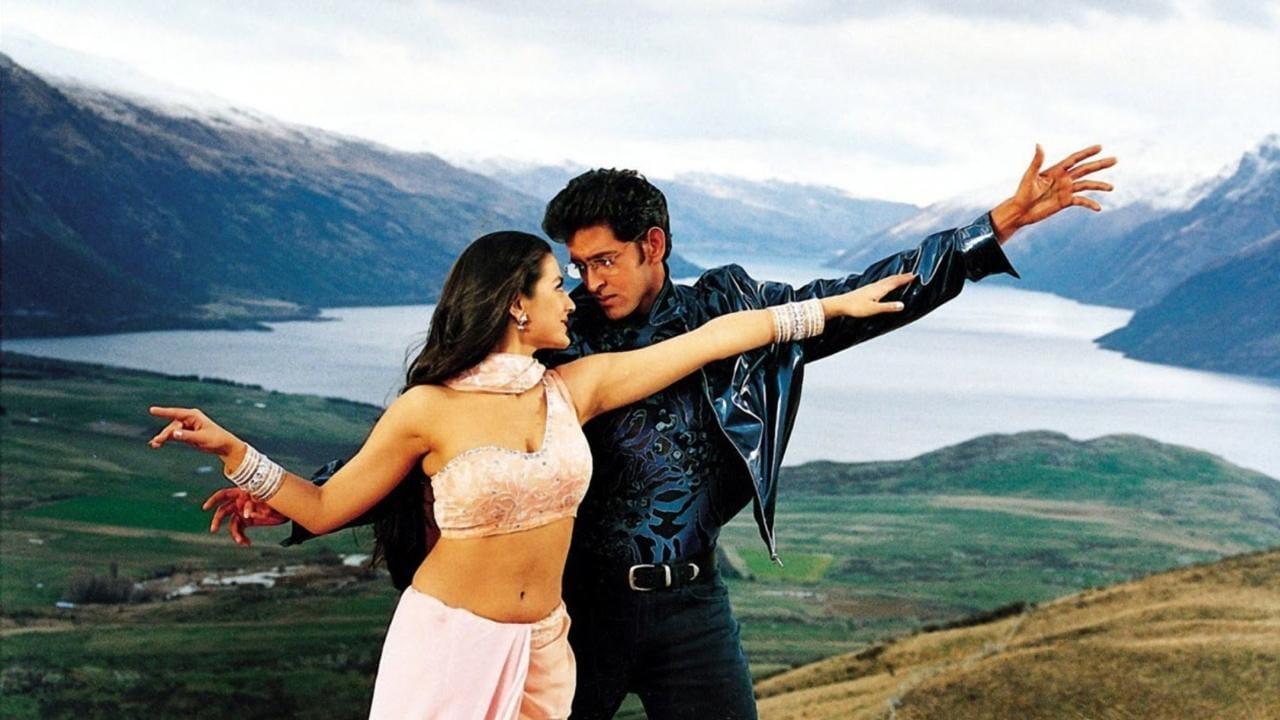
More than 200 artworks spread across six halls and multiple corridors on two floors at the CCA Gallery in Bikaner House showcase how fibres and textiles are integral to our lives. They are not just functional but feed into our daily lives as conversations, connect us to our surroundings and serve as symbols of cultural heritage and diversity.
For the capital’s art connoisseurs, “Entwined Edition 2” has brought collections from the eighties to the present, tribal and traditional to contemporary pieces by 59 artists who have woven powerful narratives of cultural identity, intellectual vitality, and artistic expressions using tactile and flexible textiles.
Gallerist Sharan Apparao, who curated the first edition of Entwined in Chennai earlier this year, says she wanted to keep the spotlight on textiles as a medium because textiles are preservers of the past and inspirations for the future and are seeing a revival of interest around the globe.
“Every artist thinks and enables art to take the shape of a narrative that transcends beyond the medium; it is interesting to see how people take to the idea,” she says of Entwined edition 2, which is divided into two parts.
The first part is categorized under three sections: The Body, The Mind, and The Soul. The Body features artworks that integrate landscapes and elements of Nature to create a dialogue on the impermanence of life and the interconnectedness of living things. The Mind showcases an array of abstract, figurative, and mythological narratives to illustrate the mind’s power and takes the viewer to a space of silence in thought, reflecting on simplicity. The Soul conveys emotional and spiritual experiences through an interplay of threads and fibres.
The second part is dedicated to the timeless relevance of Mahatma Gandhi, who spun and wove khadi, using it as a transformative and political tool against colonial rulers. This section highlights how Gandhi’s legacy continues to inspire artistic expressions in textiles.
Among the standout pieces is Gunjan Jain’s Hanuman Chalisa in Telugu, presented on a bright orange silk. This extraordinary technique, borrowed from Odisha’s ikat, features hand-woven calligraphy that does not repeat the weaves for the 40 verses.
. An embroidered crochet using cotton and wool yarn forms a haunting self-portrait of Manasa Priya Dhulipalla, with its hanging threads depicting a state of dilemma. Megha Joshi’s Hair series comprises thread drawings of women whose hair symbolizes acts of resistance or compliance.
An enchanting installation by Puja Bhargava features an intricately crafted vintage wardrobe of antique German and French dolls, giving viewers a glimpse into the history and lifestyle of yesteryears. Six sculptures made from fabric and wood by Surekha explore skin as a form of clothing and the body as a site of inquiry into gender identity.
Samiksha’s artwork focuses on feminine identity, representing domestic space with walls laboriously made from tissue paper wrapped over copper wires. It depicts the repetitive nature of domestic chores, underlining themes of unity and resilience that run through the exhibition.
Sharan emphasizes that textiles as an artistic medium speak about the joys and pains of human life and reflect the larger systems that shape our world. The medium’s flexibility and tactile nature allow artists to convey deeply personal and culturally rich stories that resonate on multiple levels.
The exhibit at the CCA Gallery in Bikaner House, located near India Gate, is open to the public until August 23rd, from 10 am to 6 pm daily. This comprehensive exhibition offers a unique blend of historical and contemporary perspectives, inviting viewers to engage with the rich tapestry of textile art that continues to evolve and inspire.
As textile art continues to gain recognition for its ability to weave together cultural narratives, “Entwined Edition 2” stands as a testament to the medium’s enduring relevance and transformative power. The exhibition not only honors the rich traditions of textile work but also highlights its role in contemporary artistic practice, making it a must-visit for anyone interested in the intersections of art, history, and culture.










